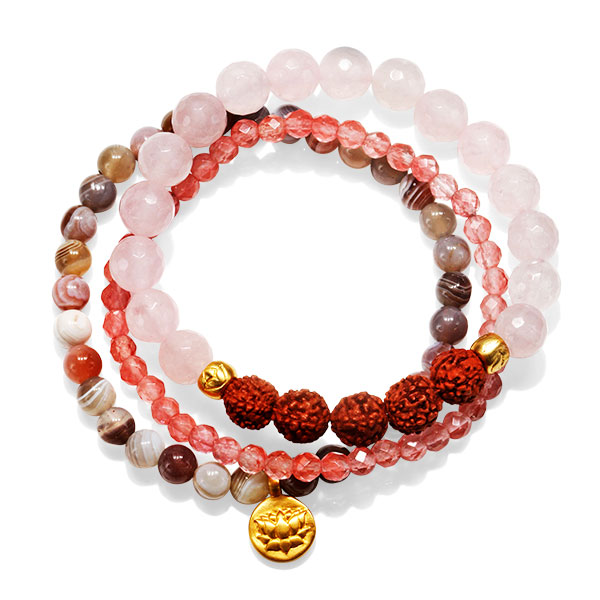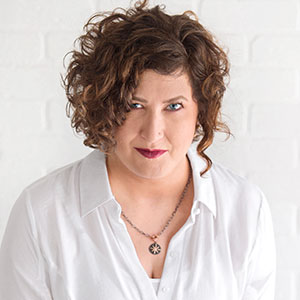
 Kristin Cherry Jackson, the former Amazon.com senior category merchant manager for jewelry, recently joined industry consultancy 21C Jewelry Solutions. Here, she talks about the e-giant’s plans for jewelry and what third-party sellers need to look out for if they sell on the platform.
Kristin Cherry Jackson, the former Amazon.com senior category merchant manager for jewelry, recently joined industry consultancy 21C Jewelry Solutions. Here, she talks about the e-giant’s plans for jewelry and what third-party sellers need to look out for if they sell on the platform.
Does Amazon consider jewelry a growth area?
In Amazon’s opinion, everything is a growth area. It’s all about being a one-stop shop, and if it doesn’t have something, it has failed.
How does Amazon persuade consumers to buy jewelry online, when a lot of people consider it a not particularly glamorous way to buy jewelry?
Amazon Retail uses beautiful packing for jewelry. [Third-party] sellers often don’t, though. I have seen so many items in poly bags. That is poor presentation, and the onus for that is on the seller. Sellers can set themselves apart by taking control of their detail pages and their packaging, and writing professional listings. Those things really make a difference in selling items.
Is quality assurance important when selling on Amazon?
Sellers need to understand that their quality could be under scrutiny at any time. Even before a seller is able to sell fine jewelry, they have to send samples to Amazon, which are sent to a gem lab. Many times, the sellers aren’t aware of the quality of their product. There is a significant failure rate.
If for some reason there is a discrepancy [between the item and its description], that puts sellers at risk, particularly if Amazon finds egregious discrepancies. It’s not uncommon for sellers to be suspended. I’ve seen big sellers suspended, because Amazon doesn’t play favorites. And if that happens, they have to reapply, and that includes a $5,000 fee for a big seller. Though for a lot of sellers, the fee is not the pain point. The painful part is not being able to sell on Amazon for a few weeks.
Top: a popular Amazon brand: Satya (women’s rose quartz gold lotus stretch bracelet set; $129)